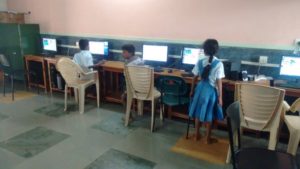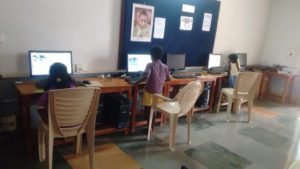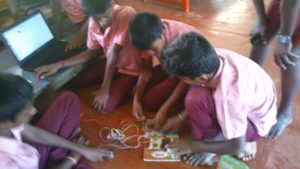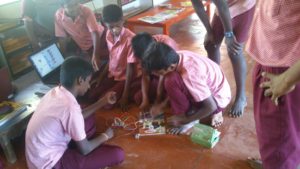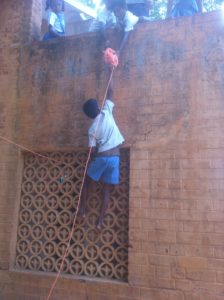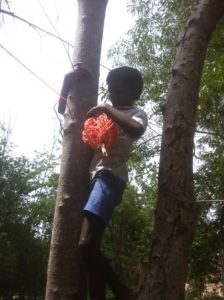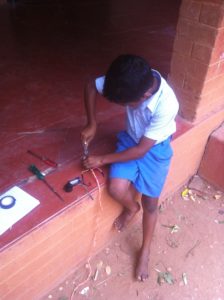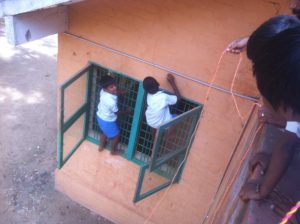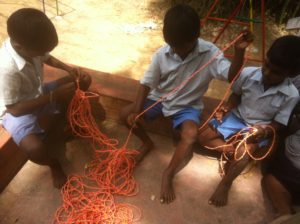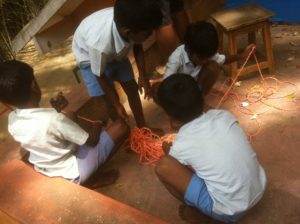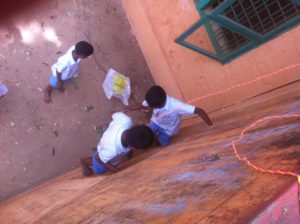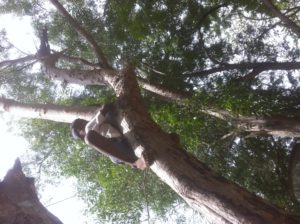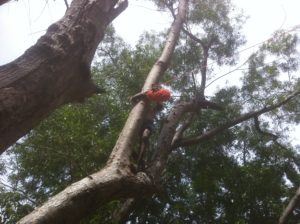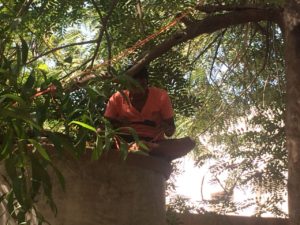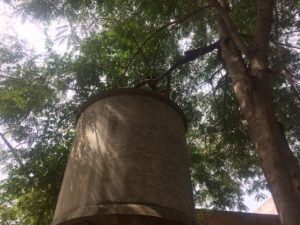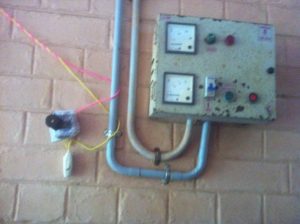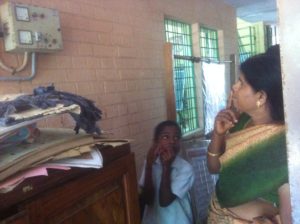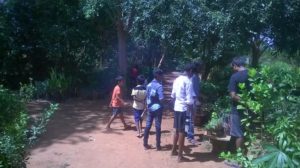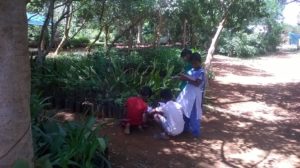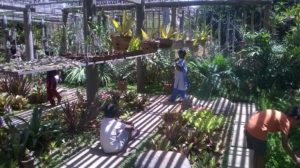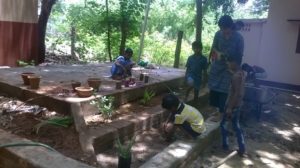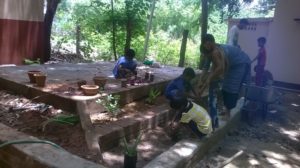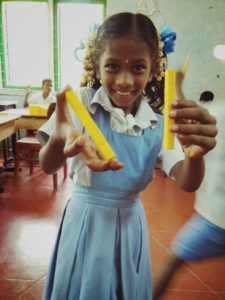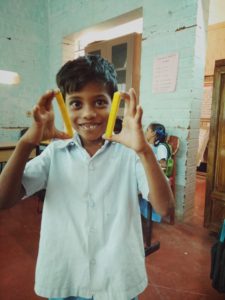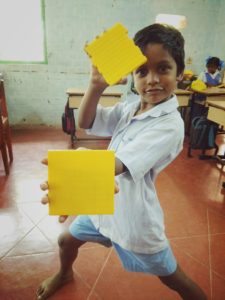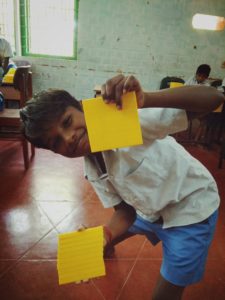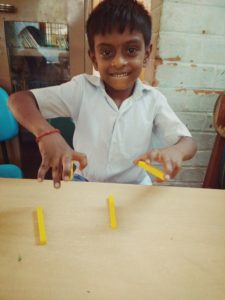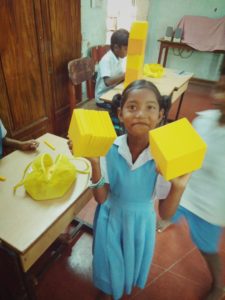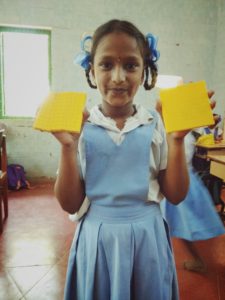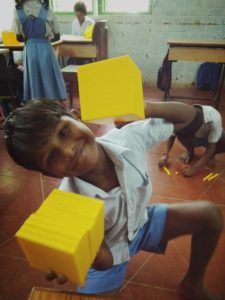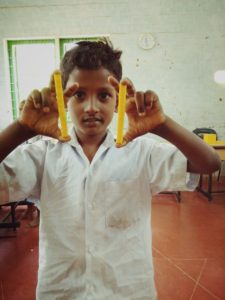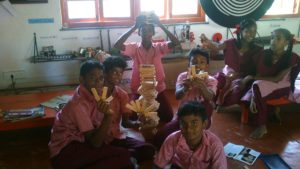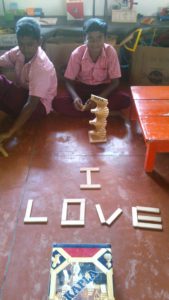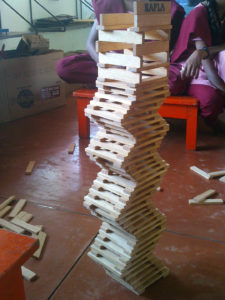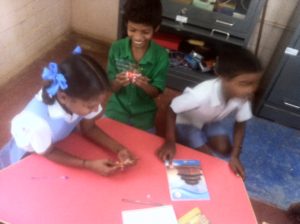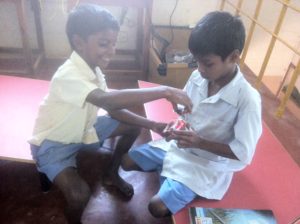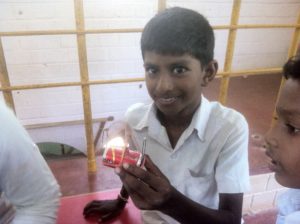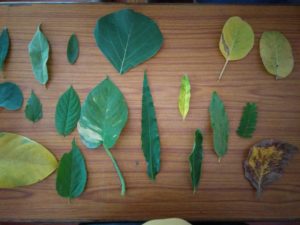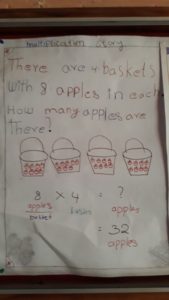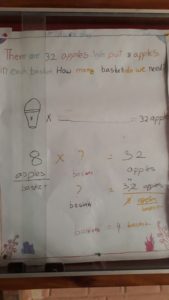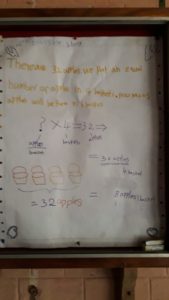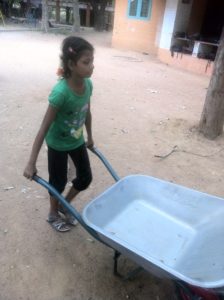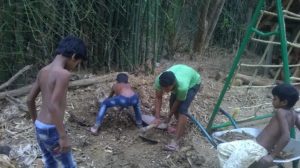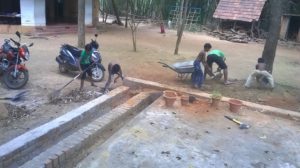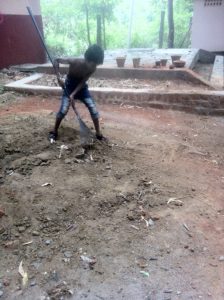I was really concerned when I came to know that I’m going to work with 3rd graders on Scratch on every Saturday. Because this was not the grade and activity I had in the mind. They are the youngest grade we work with. I have no idea about their status on computer skills or familiarity.
Last week I took my first session. Literally, it was horrible. Last week I started my class with Cat movements ( Horizontal and vertical motions only ). But they couldn’t do it. I had to sit and help each child individually. The class was messy, Children were screaming/fighting and I was out of control. So I end my class around 12.00pm that day.
The reason why they couldn’t do was,
- They are not familiar with computer that much. They couldn’t handle the mouse and keyboard ( The only time they used computers for playing an addition game).
- Whatever I did that day did not attract/interest them. They were not caring for the thing they were asked to make.
- There was no goal.
Today, before I start my class (and after the circle time), I asked them to show their favorite addition game. They were really happy to show that game to me. I felt that must be easy to create it scratch. I asked them,”How about making our own games instead of playing with other’s creation. They all gave me a stare for a second and asked will it possible? That’s where I played my role today.
I asked them to arrange the chairs in front of the big monitor and sit. I started with how to use the mouse ( different kinds of mouse clicks, when to use what and how to drag and drop something). Before starting to code, I showed them how to select different sprite and backdrop. They chose a boy as the sprite and swimming pool as the backdrop. The boy has to ask the question. If the user enters a correct answer, he should say good else the boy has to jump into the water and die.
I started coding for their theme step by step. There was pin drop silent. Even the so-called trouble creators were into it and did not disturb the class :-). Once I complete the program, I let it be on the monitor so they can replicate it. They did.
I know that they only replicated the program not created. But they way they did it was amazing. Some of them had few doubts about shrinking the sprite and finding the backdrop. But none of them had doubts about where to get the commands ( I mean, from which block). They were focused and worked towards their wish. This time, I ended (forcefully ) my class at 12.45pm.


